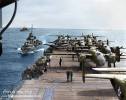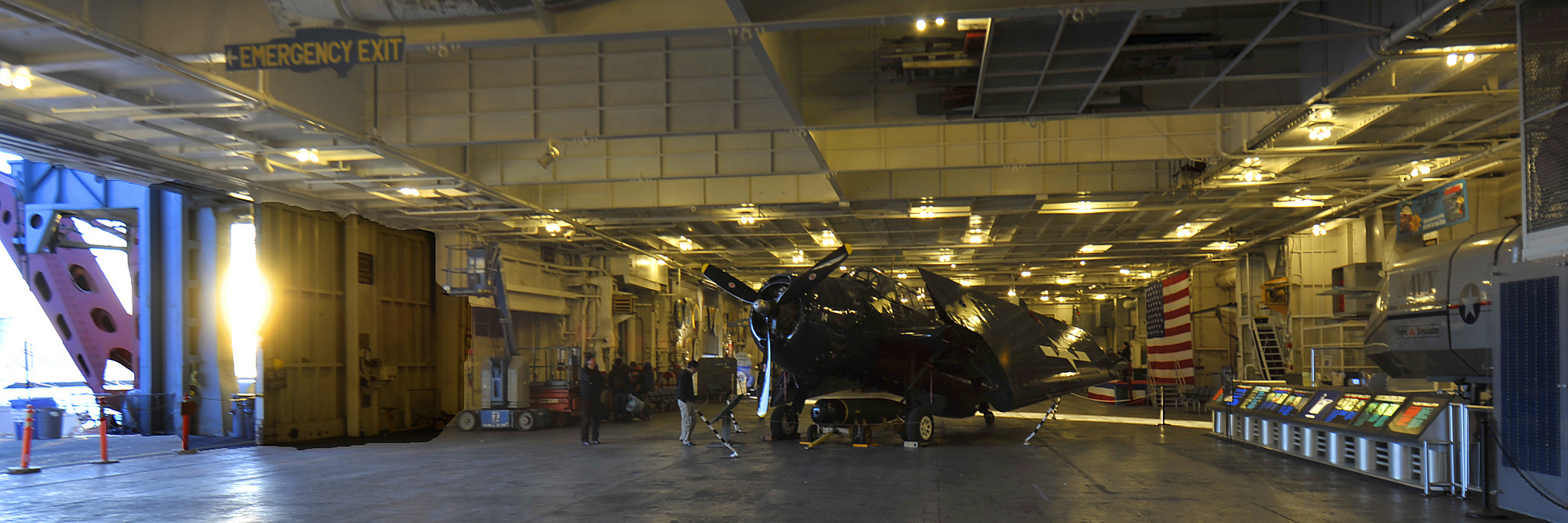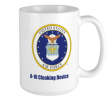When talking Army, Navy, Marines, Air Force, Space Force, Coast Guard we refer to them as “services”. The Marines are part of the Department of the Navy, but we view them separately.
Within the Army there are branches, infantry, armor, aviation, etc. According to doctrine these branches interact all the time. DD is imbedded in an infantry company, for example.
Services will interact, though how much depends on the service and your “branch” within that service. The Army and the Coast Guard on one end of the spectrum don’t interact very much at all. I’m not saying they don’t, but in my years in the Army I never worked directly with the Coast Guard and for a few years I was in a hanger adjacent to a Coast Guard unit.
The Army and the Air Force, however, interact quite a bit. I’ve been transported on Air Force airplanes, worked combine attacks between A-10s and AH-64s, transported Air Force Pararescue. You see Air Force liaison officers (pilots) and enlisted embedded with Army units to help coordinate CAS. Many Army grunts owe their lives to Air Force close air support and the ability to reach out and call them in. Air defense must coordinate with the Air Force by its very mission. When I was a new pilot our weather forecasters were Air Force enlisted personnel. Probably a computer today.
The Army and the Navy work with each other, but not quite as much. As a Special Ops pilot I landed on ships and carried SEALs quite often. Other Army units don’t normally land on ships, but it’s not unusual for some to have it as a mission task. My wife’s Cav unit had it as part of their mission and they stayed current landing on ships and even practiced firing Hellfires at sea targets.
Navy/Coast Guard probably interact all the time. Same with Space Force and Air Force.
The higher you get in rank the more common it is to interact with other services. As an infantry LT you probably will never see anyone in the Navy outside the occasional SEAL (I had some in my “stick” at airborne school). But then as a senior captain/major I started working with the Navy and Marines all the time. As an O-3 it’s not unusual to participate in exchange programs with other services, especially if you are a pilot.



